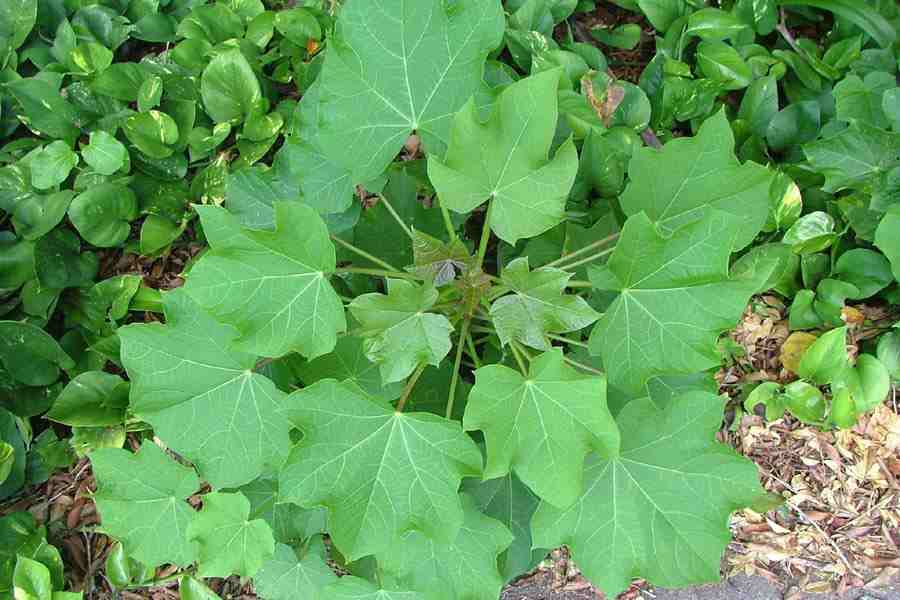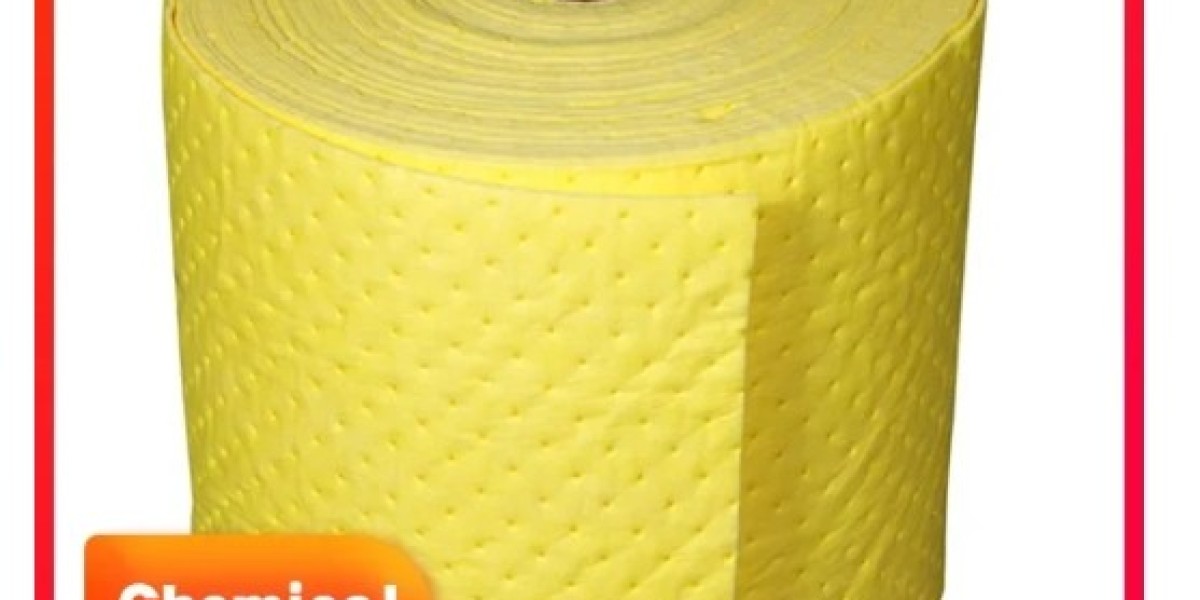In the current times, developments in the field of agriculture in the kind of ex-vitro plant proliferation have shown useful to the man kind. One such plant, which has been developed by ex-intro, is jatropha curcas, discovered in big quantities in Indonesia. This plant includes 25 to 35 percent oil and can be used to produce biodiesel, saving land, and an increase in the income of farmers.
Earlier, there were particular hurdles while growing the Jatropha plant. Firstly, the proliferation and transport of the seedlings of Jatropha was expensive and time-consuming. The soil in which, it grows is low in efficiency causing the plant to decay and have illness and last however not the least, the Jatropha plant takes considerable time to adapt itself, to the new environment.
Observing all these hurdles, the agricultural professionals promoted ex-vitro jatropha curcas propagation. The ex-vitro of jatropha curcas resolved the difficulties, dealt with earlier of planting it. The seedling treatment was made quick and economical. The cost of transport was lessened, as the seedlings were planted close by, in the area of the plantation. Mother plants were chosen from the very same location, which did not need the seedlings to adjust themselves, thus conserving time.
The ex-vitro Jatropha method embraced in the plant proliferation scheme had root culturing as its basis, where the shoots were grown outside the field in the glass vessels. The platelets grown from this, was immediately acclimatized in the green house. The seedlings were extremely heterogeneous, in character and for this reason, high level of propagation was possible.
The ex-vitro jatropha approach proved to be affordable. Great care was required to supply environmental and nutritional value to the plant. Soon, after adopting ex-vitro for jatropha curcas plant, the two months plantlets were prepared to be planted in the field. Rooting was attained, in around three weeks. The governments in lots of nations are taking efforts to encourage the agricultural scientists to develop jatropha curcas plant propagations through ex-vitro techniques, which are cheaper and sustainable. There are lots of institutes, which train individuals about, this method to increase production.

The institutes participated in ex-vitro jatropha approaches of plant propagation took utmost care in supporting the plants by developing natural conditions. For instance, jatropha grows in well drained pipes soil and is drought resistant. The ex-vitro approach likewise, increased the level of seedlings, which were devoid of bug and disease. This strategy of ex-vitro of jatropha curcas showed easy and economical and the seedlings were close to their parent, hence, avoiding issues.
There are certain aspects that can affect the ex-vitro growth in jatropha curcas plants. They are factors like sunlight, humidity, nature of soil and other climatic conditions. Hence, care needs to be taken to adjust these factors to match ex-vitro.








